After launching in December 2014, it wasn’t long before Frenchic paints took the upcycling world by storm. Eco-friendly, non-toxic and available in over 60 colours, the chalk paint can be used for everything from sprucing up kitchen cabinets to transforming your UPVC door on a budget.
They also have their Al Fresco range that can be used for indoor and outdoor projects, as well as the Lazy Range, which is self-priming, -levelling and -sealing - so, no more lengthy preparation or streaky finishes.
In fact, if you're a dedicated follower of fashion, we've put together a list of the new Frenchic paint colours: We love the sumptuous smoky blue/green tones of Verdigris and Vintage Rosie, which will look stunning set against whites, off-whites, grey, blue or gold.
The brand is now the fastest-growing chalk paint company in the UK, with more than 500 stockists internationally. So whether you’re looking to upcycle some vintage furniture or completely transform your floor, here’s our ultimate guide to Frenchic paint, including how to use it on different surfaces and a few ideas for chalk paint upcycling projects.
At a glance:
Looking for inspiration? Read on to find out how creative you can be around your home with Frenchic paint, and if you're after the best paint brushes, check out our tried and tested reviews.
Shop Frenchic colours
Shop our favourite Frenchic paint colours from Frenchic’s Original Artisan range, Lazy Range and Al Fresco Range.
Original Artisan Frenchic colours
Frenchic Anguilla, RRP £10.95 for 250ml, £21.95 for 750ml
- Buy Frenchic Anguilla from Frenchic

This deep turquoise shade is inspired by the tones in the Caribbean ocean, and will bring a beautiful, relaxed island vibe into your décor scheme. Why not try using it as an accent colour in a pink bedroom, or team it with classic navy and white for a coastal decor look?
SQUIRREL_13107395
Frenchic Ballerina, RRP £10.95 for 250ml, £21.95 for 750ml
- Buy Frenchic Ballerina from Frenchic

If you’ve been looking to embrace the pink living room trend, ‘Ballerina’ is the shade for you. Feminine, soft and understated, this pink looks great against grey décor or earth tones – it’ll even look good with metallic shades and slot perfectly into a period property, be it Victorian, Georgian or Edwardian.
SQUIRREL_13081442
Frenchic Mother Duck, RRP £10.95 for 250ml, £21.95 for 750ml
- Buy Frenchic Mother Duck from Frenchic

Mother Duck, a classic duck-egg tone, is your go to shade if you’re a lover of a rustic farmhouse look. Why not use it to paint your kitchen cabinets? It’ll instantly give your space a country kitchen feel.
SQUIRREL_13107393
Lazy Range Frenchic colours
Frenchic Wedding Cake, RRP £10.95 for 250ml, £21.95 for 750ml
- Buy Frenchic Wedding Cake from Frenchic

If you find normal white paint a bit too clinical, you’ll love Wedding Cake. The slightly off-white shade is softer than a true white and will make your space feel a bit more welcoming.
SQUIRREL_13107392
Frenchic Loof, RRP £10.95 for 250ml, £21.95 for 750ml
- Buy Frenchic Loof from Frenchic

Every upcycling enthusiast needs a trusty black paint in their kit, and Loof, a true, jet black, is a fantastic option. It’s great for giving vintage furniture a chic, contemporary edge, and you only need small quantities of it to create drama – try using it on your window frames to give them a totally new, luxe look.
SQUIRREL_13081437
Frenchic Love Letter, RRP £10.95 for 250ml, £21.95 for 750ml
- Buy Frenchic Love Letter from Frenchic

If romantic bedrooms are your thing, you don’t want to miss Love Letter – a velvety pink with rich purple undertones. It’s warming, nurturing and calming, and great as an accent colour. Why not try using it to upcycle a chest of drawers?
SQUIRREL_13107391
Al Fresco Frenchic colours
Frenchic Blackjack, RRP £10.95 for 250ml, £21.95 for 750ml
- Buy Frenchic Blackjack from Frenchic

One of Frenchic's most popular colours right now is their dark and dramatic Blackjack. We think this would look fabulous as a striking front door colour.
SQUIRREL_13081444
Frenchic Kiss Me Sloely, RRP £10.95 for 250ml, £21.95 for 750ml
- Buy Frenchic Kiss Me Sloely from Frenchic

This rich, jewel toned blue gives us total Art Deco vibes – it’s a staple for dark décor lovers and true maximalists! Try teaming it with opulent furniture and metallic accents for a dramatic, expensive look.
You can find more Frenchic paint colours in our roundup of the best paint for skirting boards.
SQUIRREL_13087786
Frenchic Parma Violet, RRP £10.95 for 250ml, £21.95 for 750ml
- Buy Frenchic Parma Violet from Frenchic

If you love the pastel aesthetic but worry about it looking too sickly sweet, don’t fret – this light violet shade has a lavender undertone that keeps it looking cool and delicate. Use it on planters and fill them with your favourite blooms for the country cottage garden of dreams.
SQUIRREL_13089844
How to use Frenchic paint
Painting furniture and kitchen cabinets with Frenchic
- To start, you’ll need to prepare the surface you plan to paint by giving it a good clean.
- Use a clean, dry cloth to remove any dust and dirt that may have collected over time, then apply a sugar soap solution (one part sugar soap to four parts water) with a damp sponge. Work from the bottom of the surface to the top, and rinse thoroughly with cold water. If you’re working with kitchen cabinets, make sure to spend a bit of extra time scrubbing off any grease.
- If your furniture has any deep scratches or dents, now is the time to fill them. Apply filler and level it out with a putty knife before lightly sanding the whole surface smooth. Remember to wipe away any dust, as rogue specks will show up in the paint.
- Prepare your area for painting by laying down some newspaper or old material. This will prevent any spills or drips from ruining your carpet, laminate or wooden flooring.
- Use good quality masking tape to cover up any areas – glass panels, handles etc - that you don’t wish to paint. When you’ve covered all areas, it’s time to start painting.
- Apply Original or Lazy Frenchic furniture paint to your piece of furniture, starting at the bottom and working your way up. If you’re painting on wood, or a wood-like surface, make sure you follow the grain.
- Frenchic recommend using an oval brush made of both natural and synthetic bristles when using chalk paint.
- Remember, chalk paint is fast drying, so work as quickly as possible to achieve an even look. Let the paint dry for at least 2 hours before giving it a second coat.
Before you get started, why not make a quick cuppa and check out this easy-to-follow dresser makeover by YouTuber Christina Muscari:
TOP TIP: Cheap paintbrushes can shed and ruin the overall effect of the makeover, so it’s worth investing in a good quality brush before you get started. Here's our round-up of the best chalk paint brushes to use.
Cheap paintbrushes can shed and ruin the overall effect of the makeover, so it’s worth investing in a good quality brush before you get started.
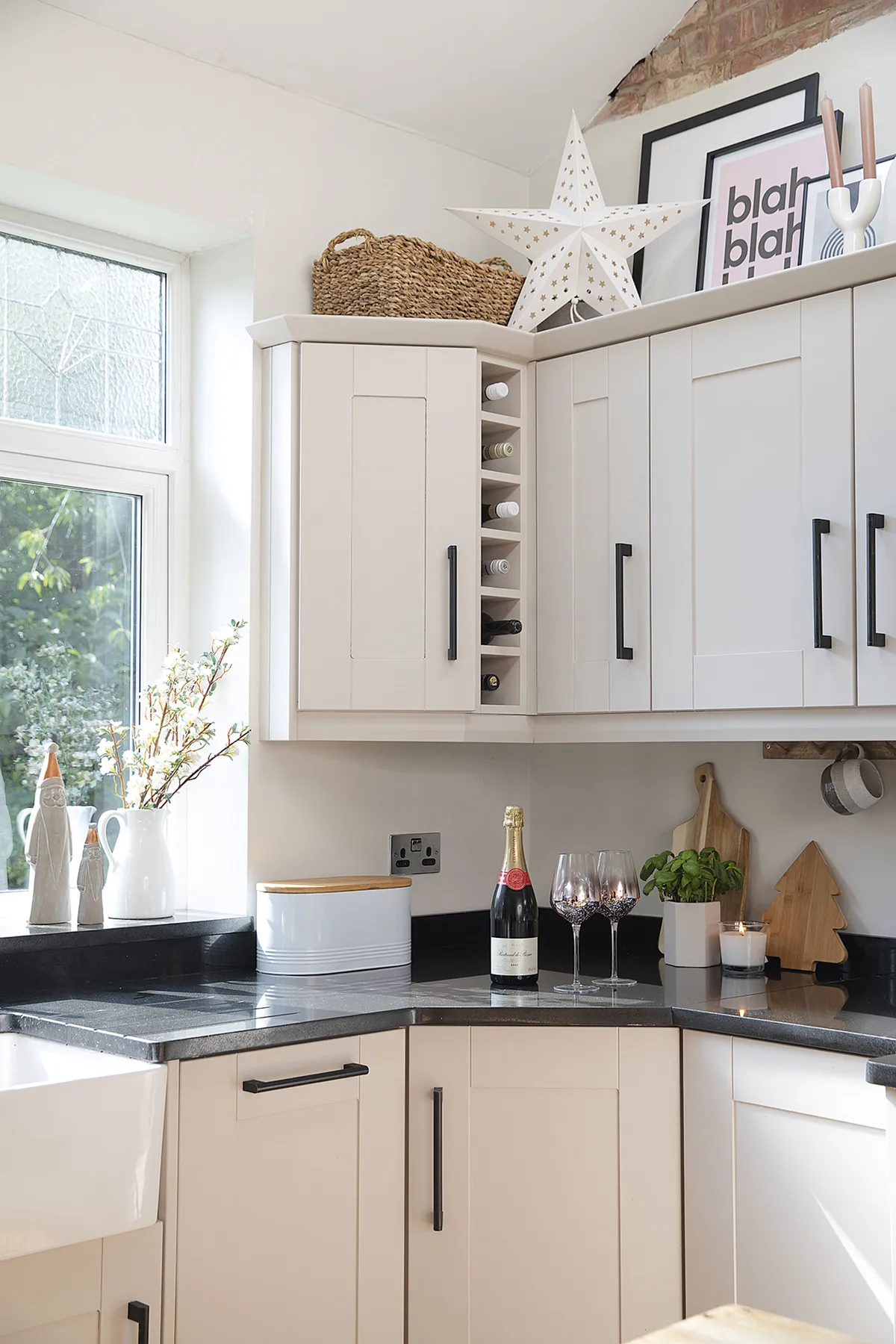
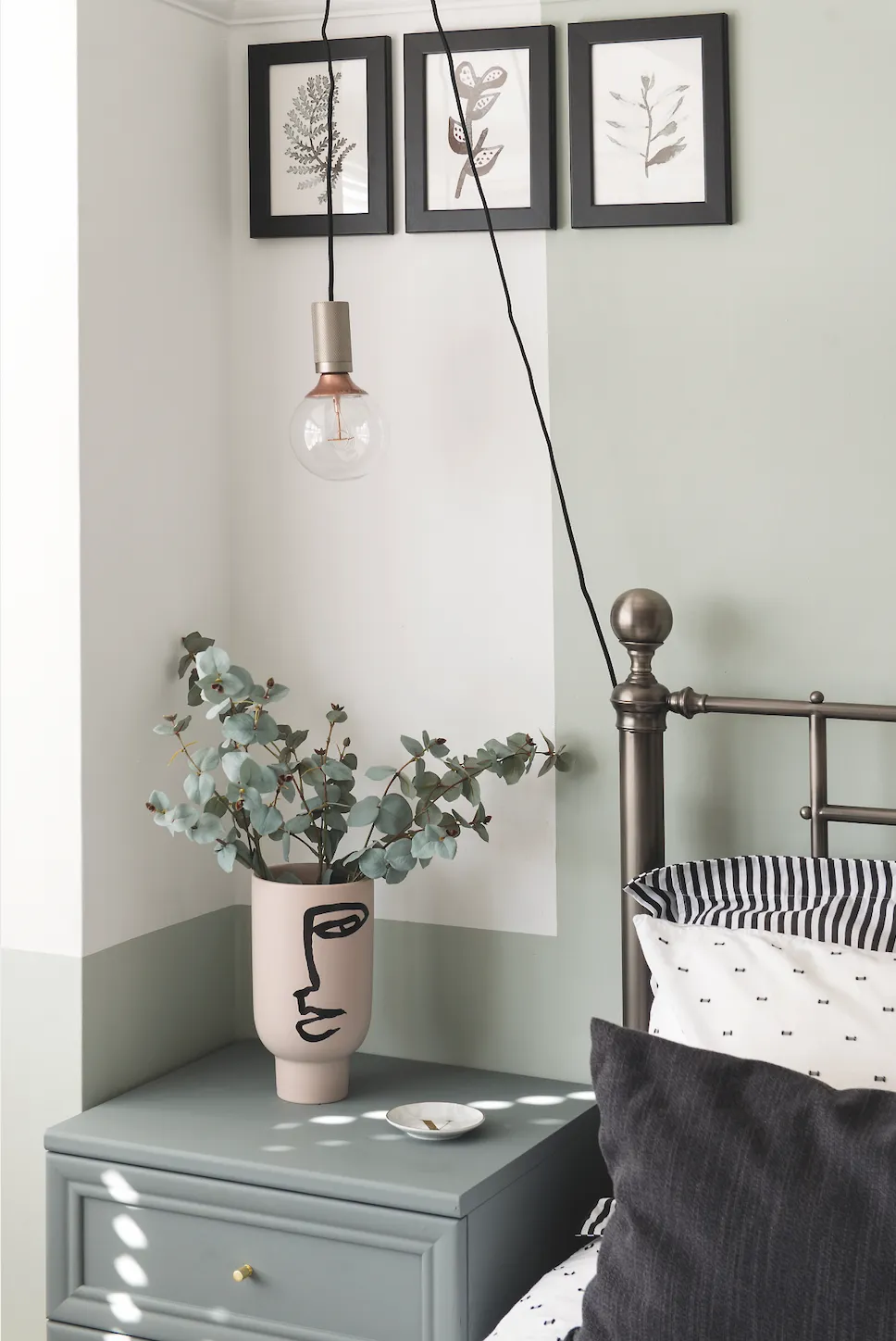
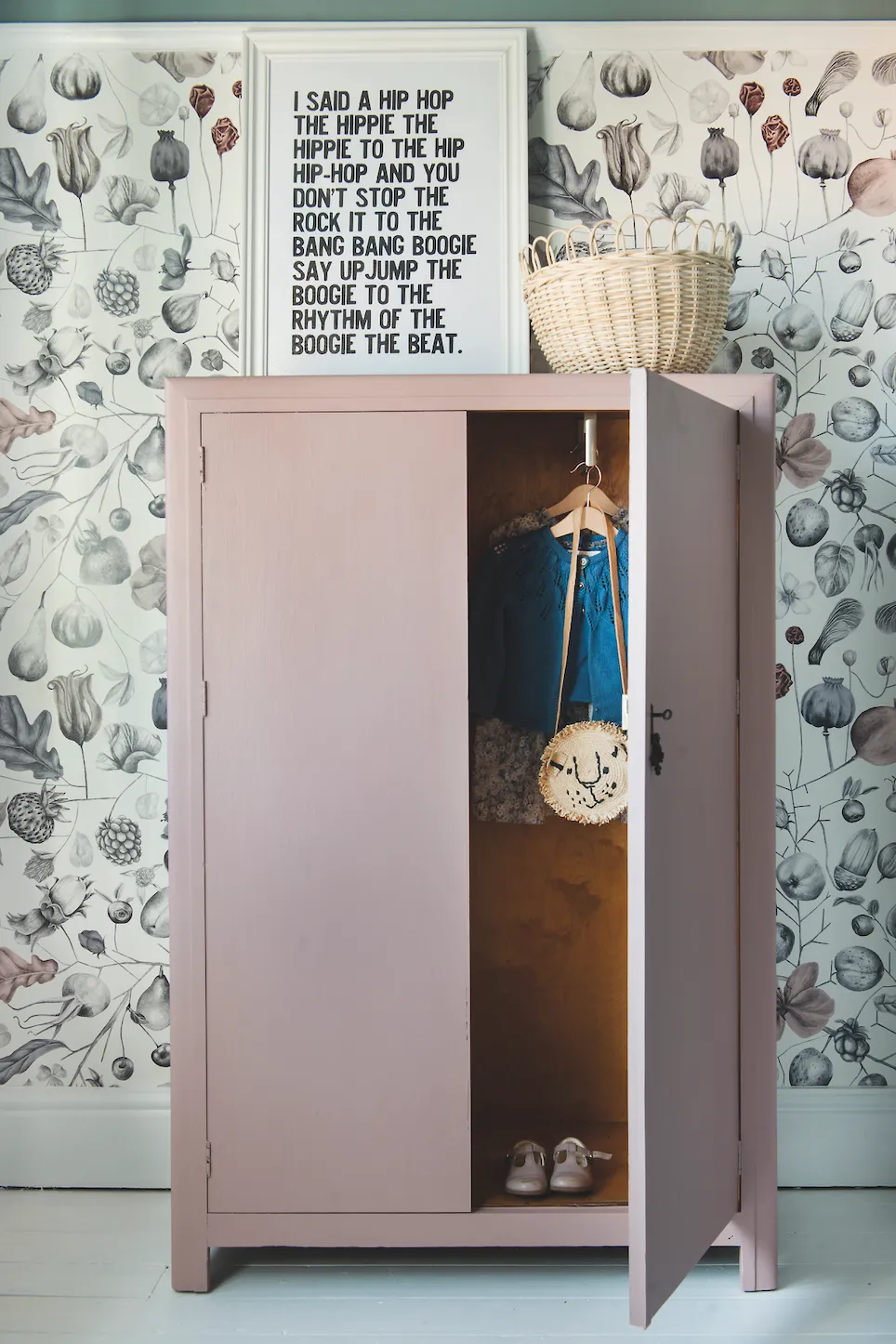
Nervous about getting started? Check out our detailed guide on how to paint furniture.
Painting kitchen tiles with Frenchic
- When painting ceramic tiles with Frenchic tile paint, there’s no need to prime the surface beforehand - simply clean them with sugar soap solution, allow them to dry, and apply the tile paint with a suitably sized roller or brush.
- Whatever you use, try to apply the paint in the same direction – for example, if you’ve brushed the paint on in an up and down motion on one tile, don’t apply it by sweeping left to right on the next.
- Let the paint dry for at least 2 hours before giving it a second coat. Remember to wash your brush or roller in between coats – if it dries, it’ll become waterproof and you’ll be unable to clean it.
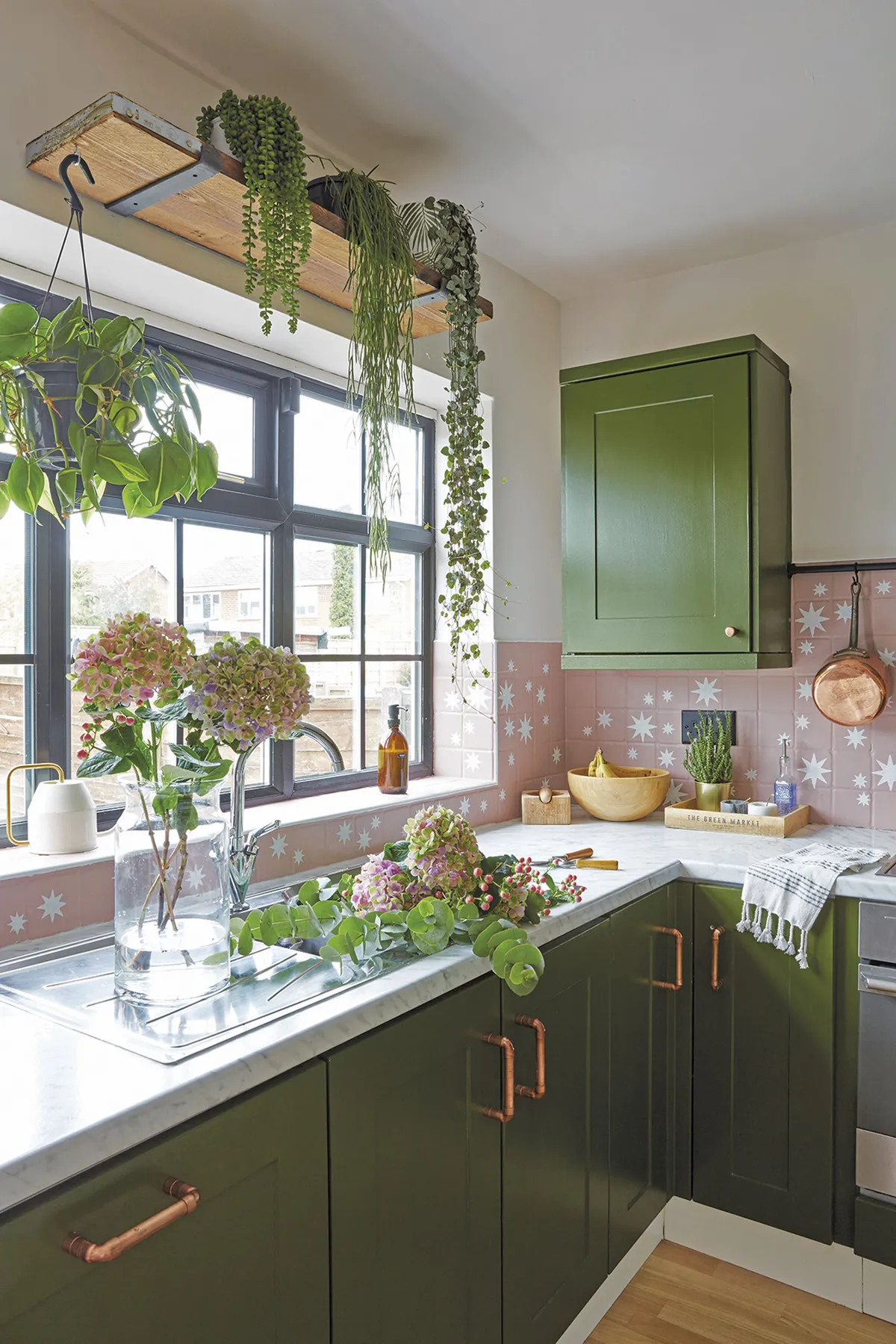
Painting walls with Frenchic
- Frenchic has a specialist wall paint, which has been designed for use in the same way as other traditional paints. Clean the walls thoroughly before application, and use a roller or brush to apply 2 coats. Again, chalk paint dries fast, so be sure to work quickly to achieve even results.
- It's worth noting, Frenchic wall paint has a matte finish, and it’s durable enough to scrub when you’re looking to remove marks or dirt.
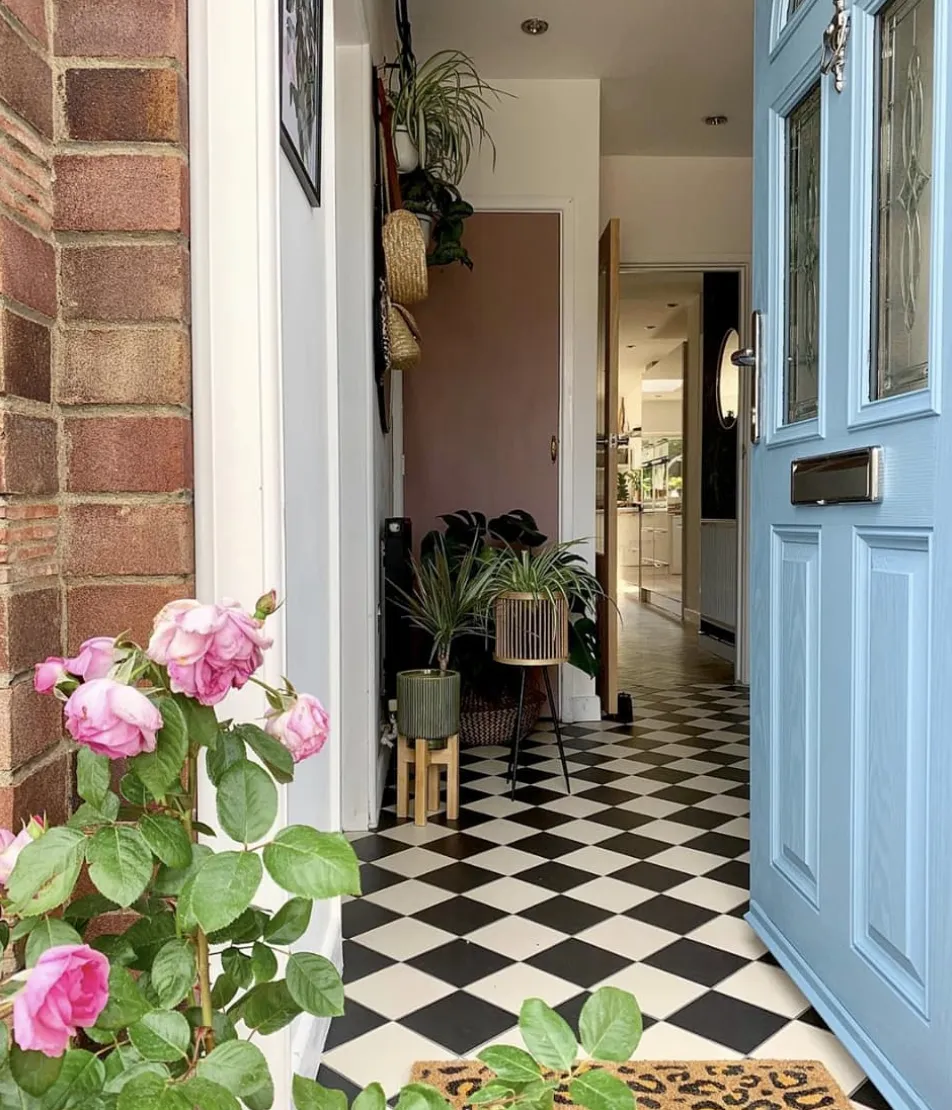
Painting floors with Frenchic
- Frenchic’s Al Fresco range is a durable weatherproof and UV resistant paint, meaning it’s suitable for use on most types of indoor and outdoor flooring. It’s safe for use on wood, laminate, composites, ceramics and metal.
- The way you paint your floor will depend on the material, but as a general rule, floors should be lightly sanded (unless tiled), vacuumed, and wiped completely clean before painting. You can then use a paintbrush or roller to cut in around the edges of the room, before using a large roller to cover the main part of the floor.
- Start at the furthest corner and move backwards towards the door, and allow a good few hours – or as long as possible – between coats.
- If you’re looking to take it one step further and add some pattern, take a look at our guide on stencilling a wooden or concrete floor.
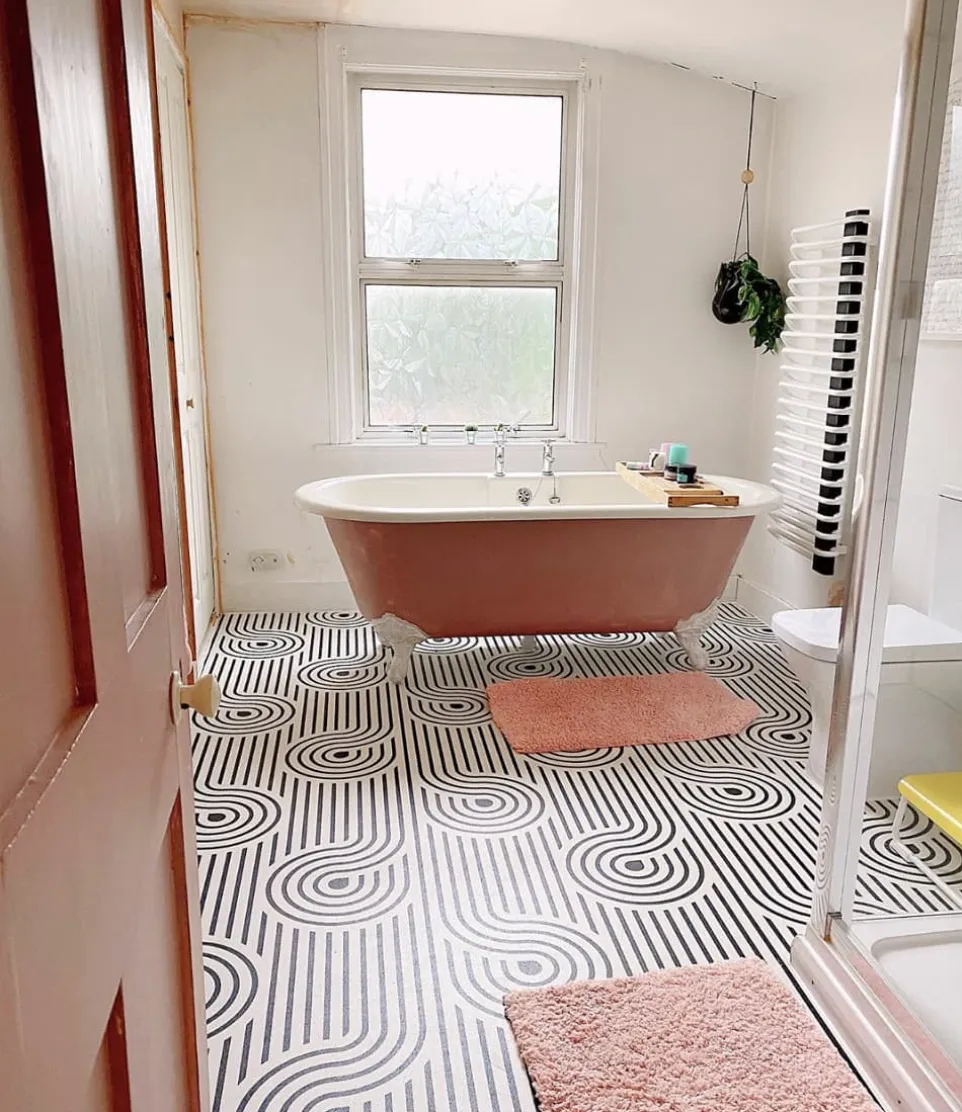
More decor ideas...
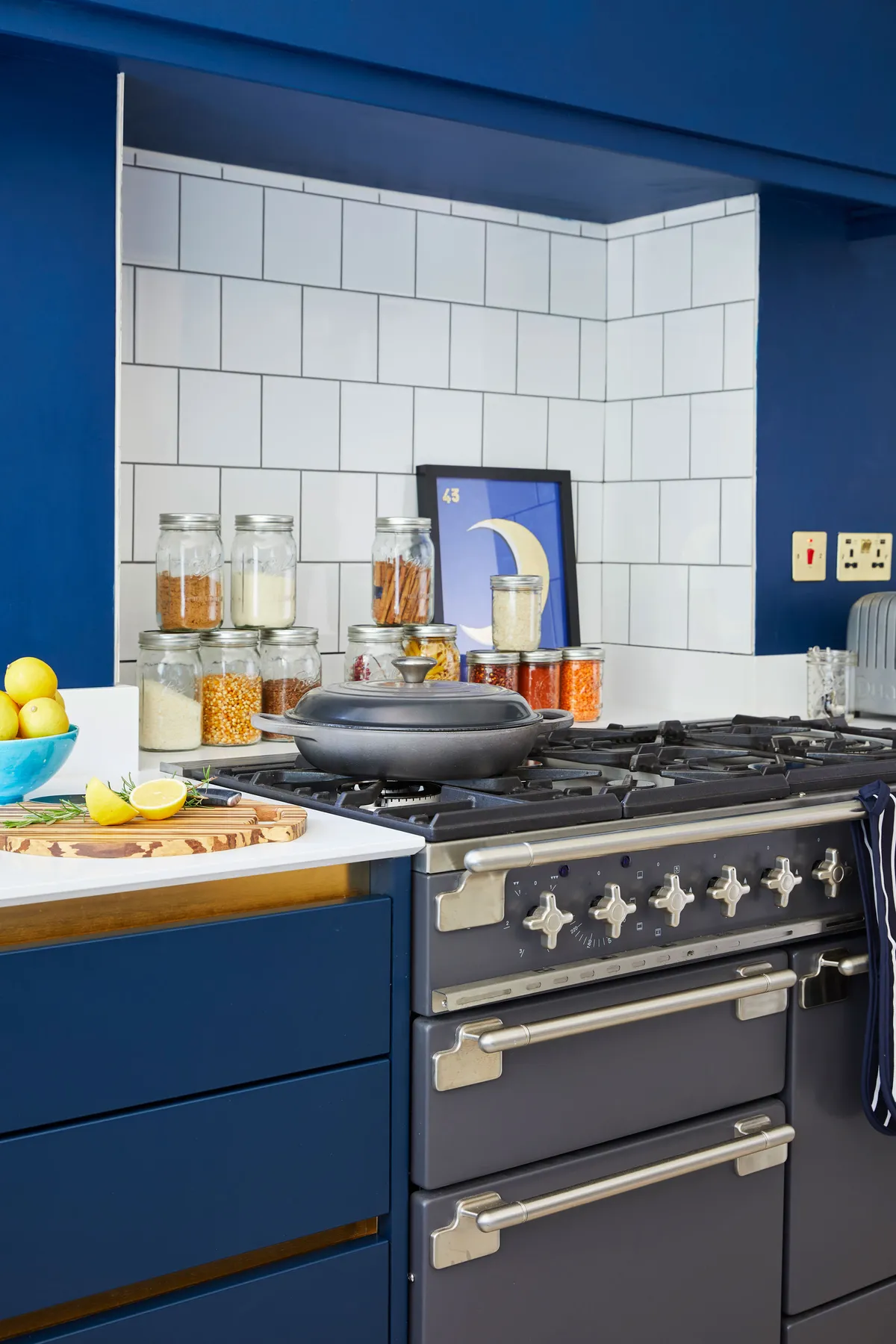
Frenchic paint ideas
Looking for more inspiration? Take a look at these real life Frenchic makeovers:
FAQs:
How much Frenchic paint do I need?
- Standard tins of Frenchic paint are 750ml, and will therefore cover around 12.5 square metres per coat. You may need up to three coats of chalk paint depending on the colour of the surface you’re painting, but in lots of cases, one is enough.
- Frenchic launches 35 new wall paint colours: see them here
Do you need a primer with Frenchic paint?
- Frenchic’s Original Artisan paint is a self-priming product, meaning that you don’t need use a traditional primer before you apply it. You will, however, need to clean the furniture down with sugar soap beforehand, and apply wax or a finishing coat to seal the paint.
- Frenchic’s Lazy Range paint is also self-priming, as well as self-levelling and, unlike the Original Artisan range, self-sealing, which means you don’t need to prime or seal the paint.
Do you have to stir Frenchic paint?
- Frenchic paints are formulated using a base binder that allows the chalk particles to stay suspended in the paint, meaning that it needs minimal to stirring, and you don’t need to add water.
Does Frenchic paint chip?
- Users have suggested the Frenchic paint does not chip or peel, because it’s latex and acrylic free. Many interior enthusiasts favour Frenchic paint because of its eco-friendly ingredients - it contains zero toxins and has virtually no smell, so it’s great for use indoors.
If you enjoyed this feature, why not check out our piece on budget-friendly Farrow & Ball colour alternatives from Dulux, Crown and Homebase.







